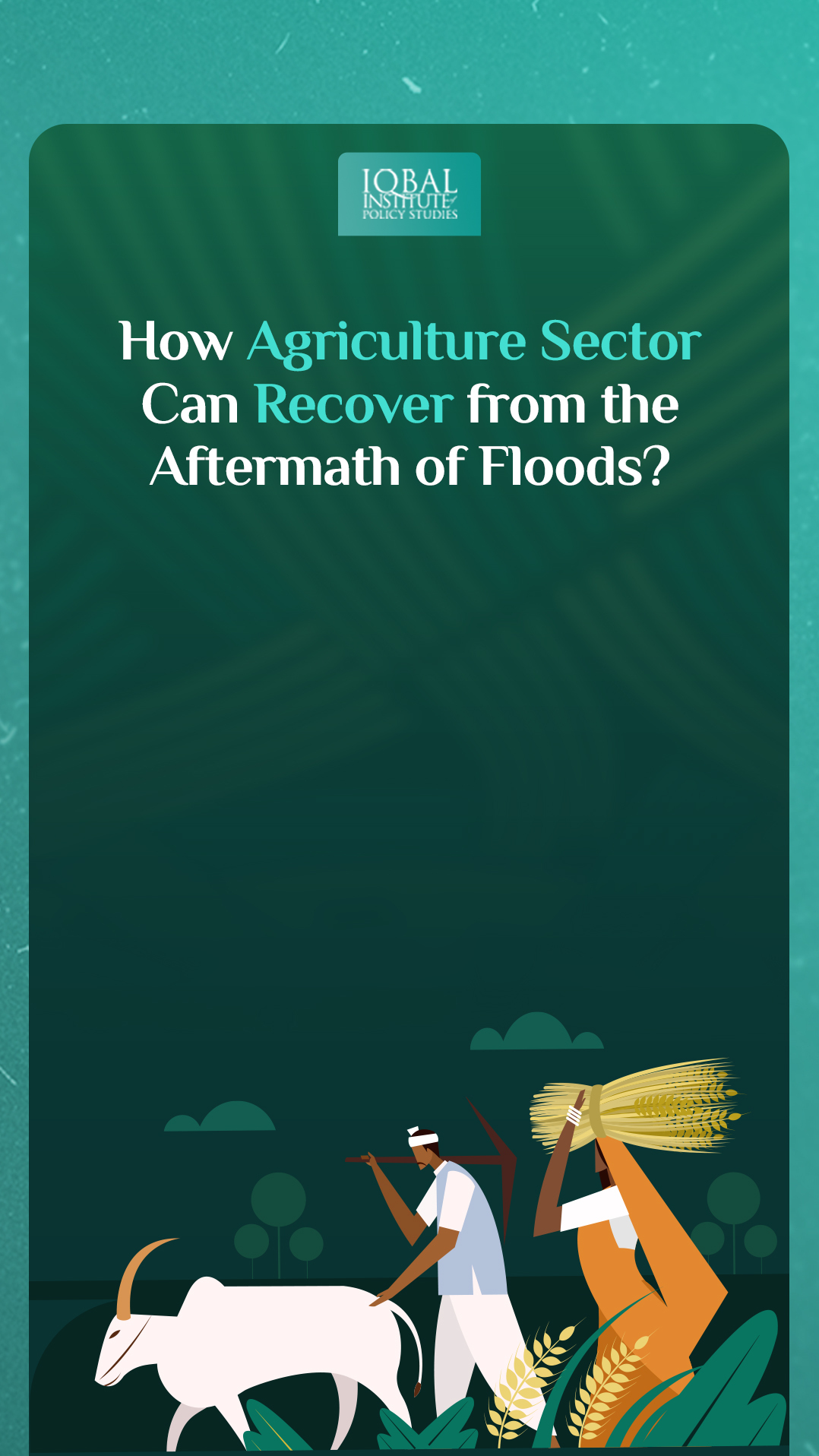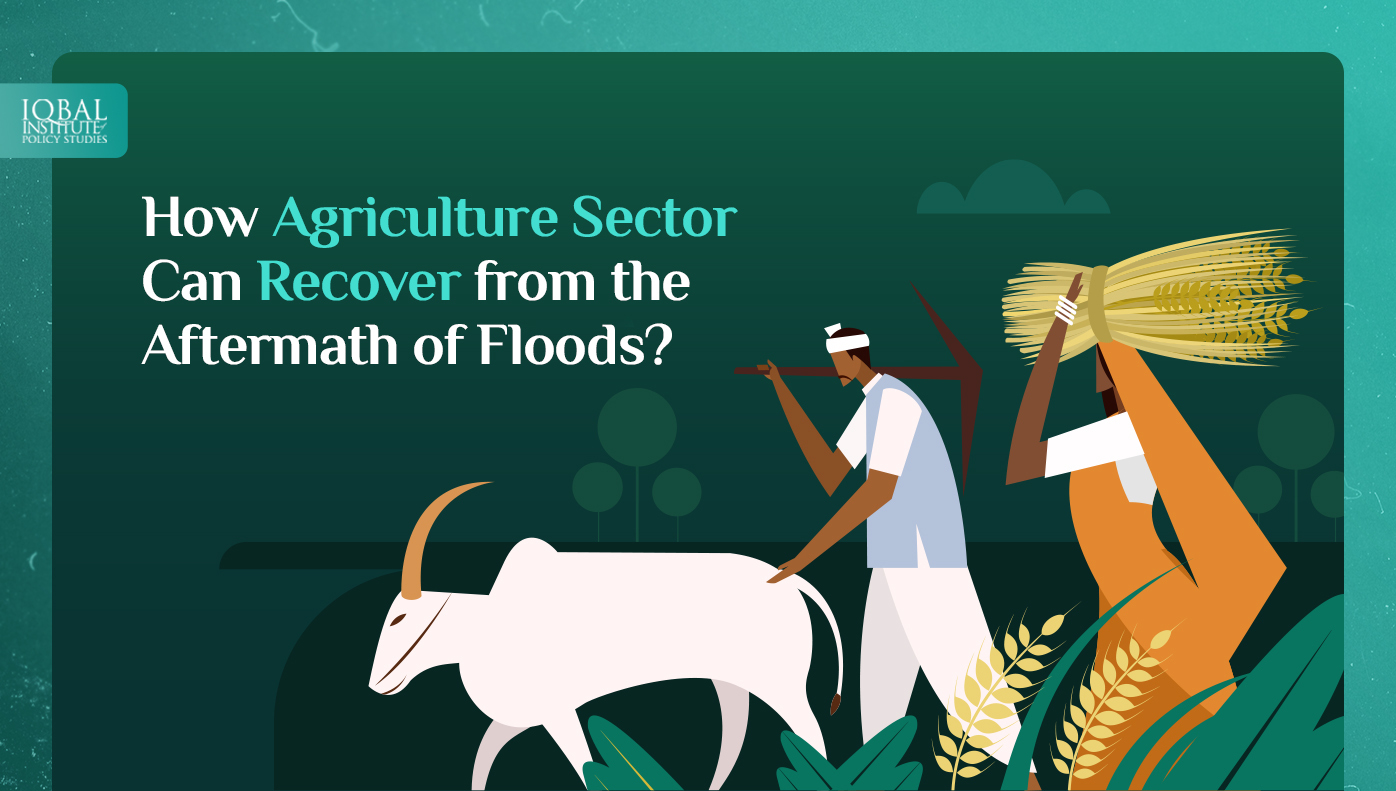The agriculture sector is the backbone of Pakistan and it contributes 23% of the GDP. Recent, flooding has affected the agriculture sector adversely. It is reported that 21 million acres of crops across the country have been washed out due to floods and environmental catastrophes. Prior to the floods, Pakistan is already struggling with food prices and now the country has to bear the loss which is equivalent to the 3% of the GDP. The country is the major exporter of rice and cotton crops due to flooding more than half of the cotton crop has been destroyed. On contrary, the subsector of agriculture i.e., livestock has also suffered with the loss of 7 lakh heads of cattle.
Flooding in Pakistan has elevated economic, environmental and social risks. Mostly, rural households are working in the agriculture sector and it is the sole source of their income. For instance, nearly 40% of the income for 8 million households is dependent on the livestock sector. The dismal of the agriculture sector will increase unemployment. This shows that those who safely escaped from the flooded area would be exposed to financial crises. Due to the massive loss of crops, the country will face high food inflation and food insecurity. To meet the needs of the dweller’s government has to increase imports which leads to an increase in the budget constraint. It will reduce the export of the country because Pakistan has a comparative advantage in the cotton crop which is more than half washed out.
The frequent occurrence of extreme weather events is due to climate change. The UN report highlighted that the surface ozone level can increase by 20 percent across Pakistan, India and Bangladesh due to excessive emission of fossil fuel combustion which in turn increases heatwaves and amplify air pollution. As per the study, if Pakistan does not make effective strategies to mitigate the climate change impact then, it reduces the agriculture sector contribution by 5%. To recover the agriculture sector from the flooding government has to take short-run and long-run reforms. In the short run, the government should recover the maximum loss to the farmers which includes crops, seeds, equipment, machinery, fertilizers etc, provide social assistance, food, water and shelter and temporary employment. Government can also help the farmer to repair their field by introducing land easement programs, encouraging to produce of a cover crop to protect soil from erosion, and introducing training programs to guide farmers. For long-run reforms, the government has to engage the private sector to induce agricultural insurance in case of natural disaster and build flood control infrastructure such as embankments (to hold water), spurs (to protect from erosion), introduce a flood warning and forecasting system through the installation of rain gauges, and construct hydro-meteorological stations. The process of recovery will be slow and it will take years but the government foremost priority is to protect the economy from more climate change-induced events.



Leave a Reply